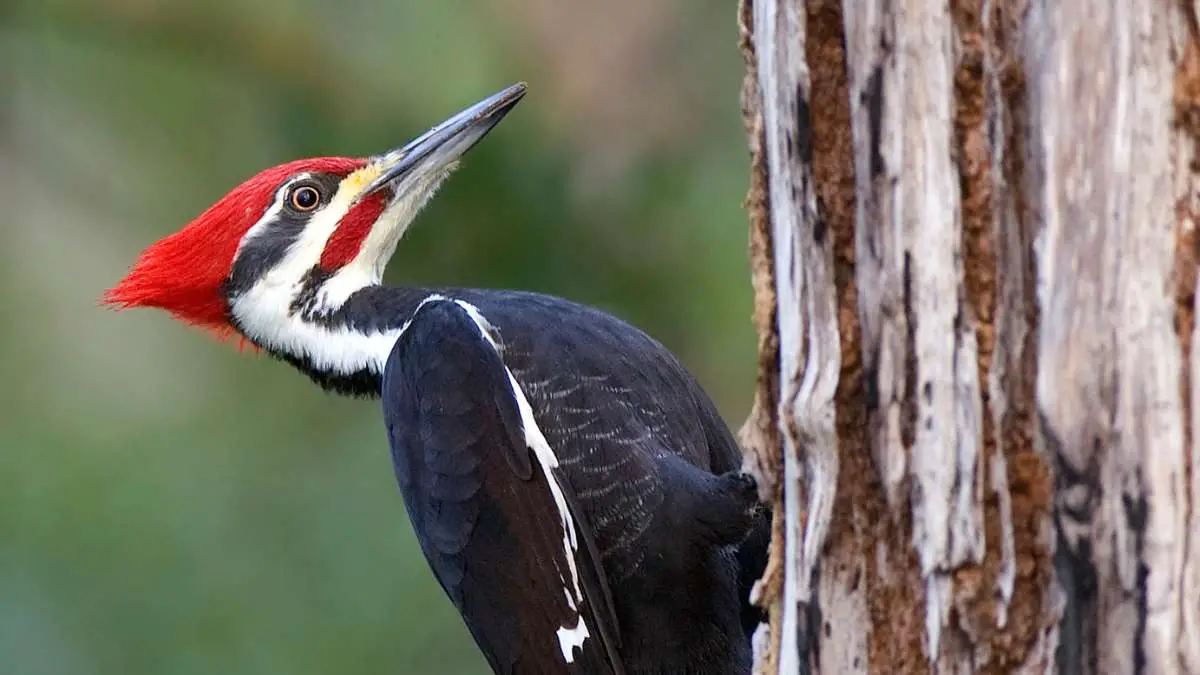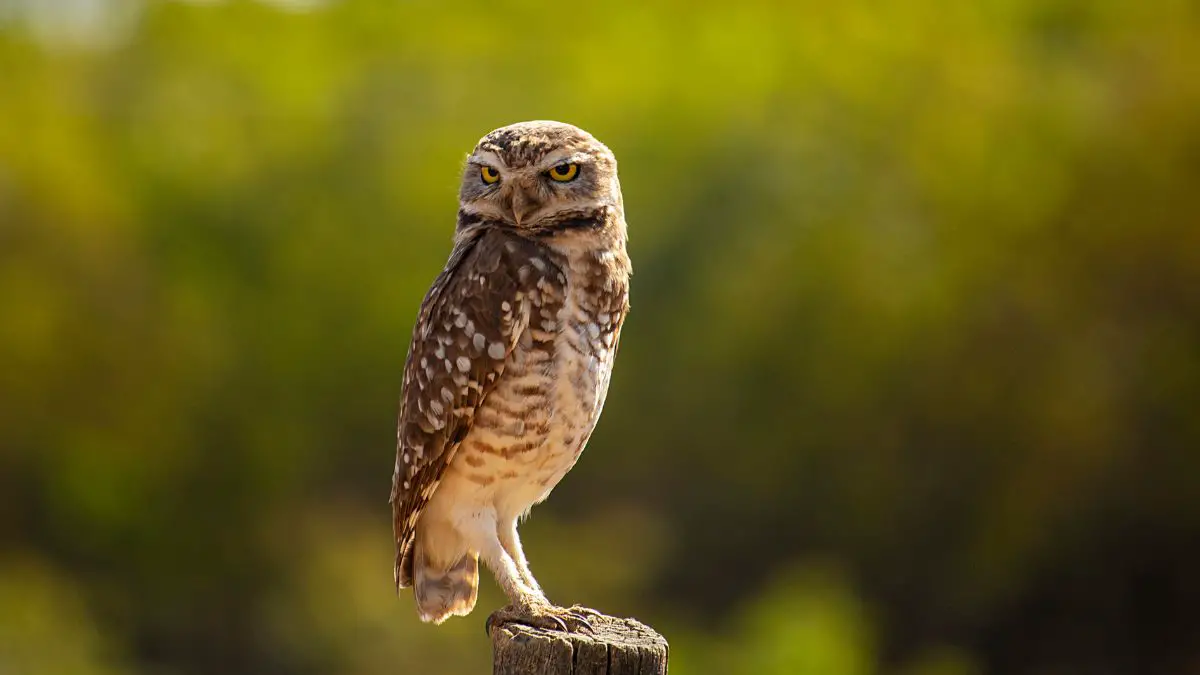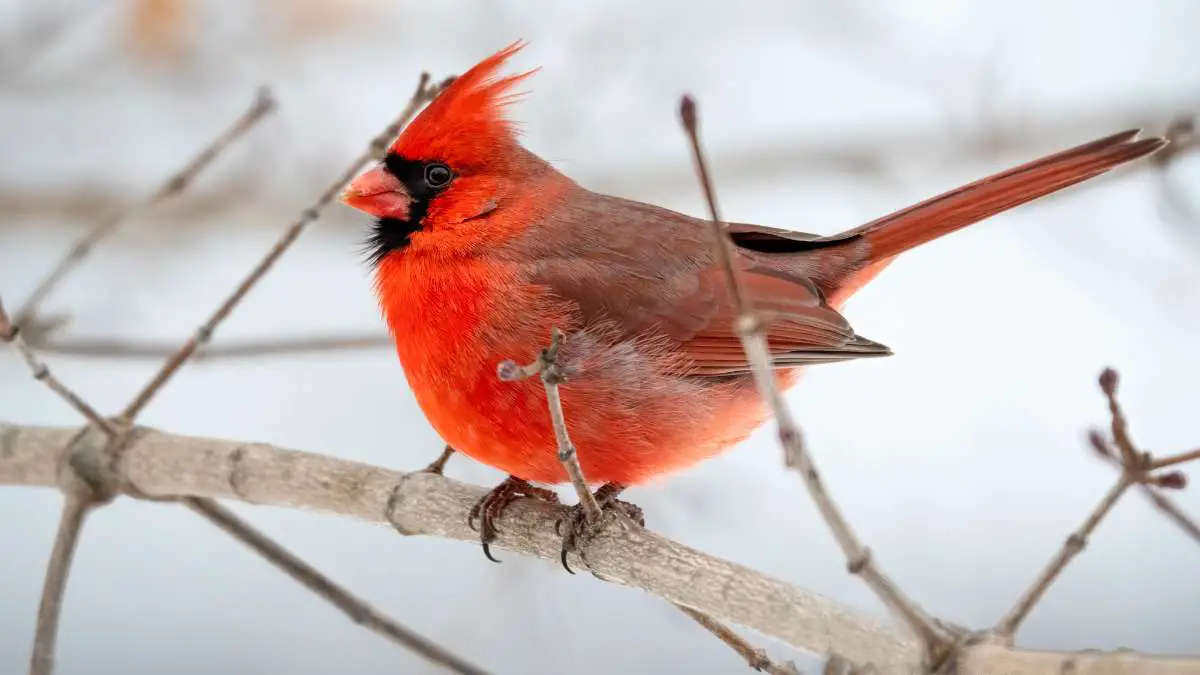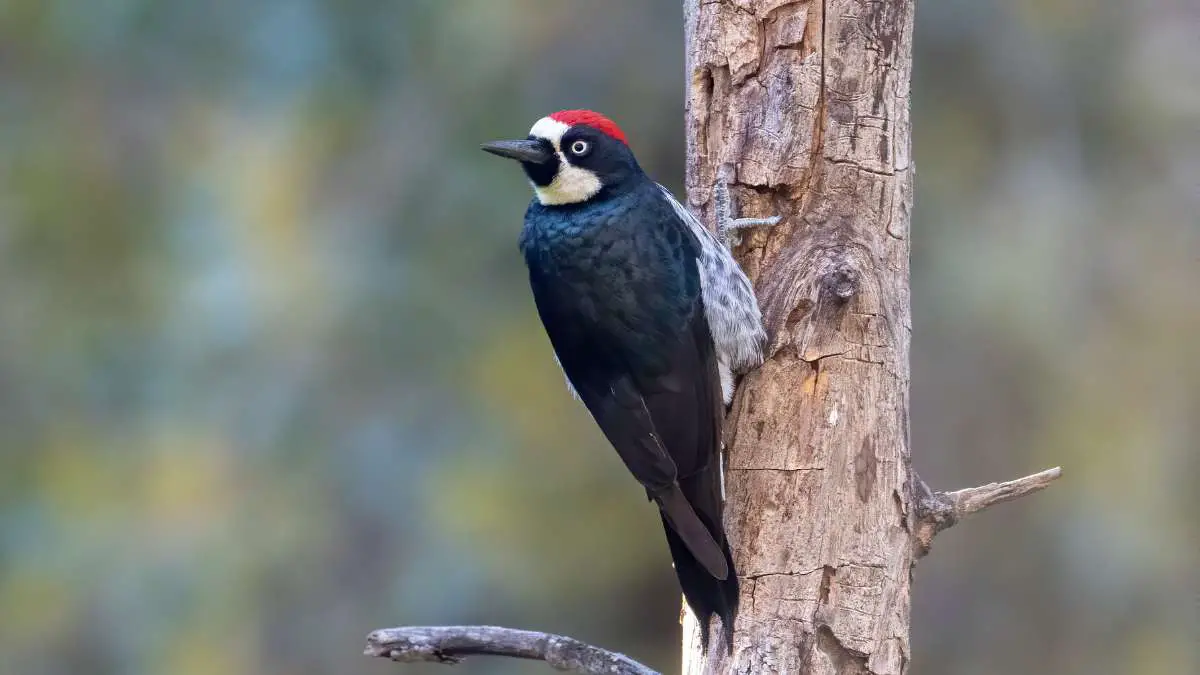Woodpeckers are fascinating birds known for pecking at tree trunks. While their behavior might seem harmful, woodpeckers typically do not kill trees.
They peck at trees to find insects to eat, create nesting sites, or communicate.
Most of the time, their pecking only affects the outer bark and does not harm the tree’s overall health.
However, if a tree is already weakened by disease or pests, woodpeckers may contribute to further damage. In these cases, the tree’s health can decline more rapidly.
Generally, healthy trees can withstand woodpecker activity without significant harm. Therefore, while woodpeckers can cause some damage, they are unlikely to kill healthy trees.
Further they help primary decaying of dead trees to ensure the recycling of materials to the ground.
Woodpeckers’ Interaction with Trees
Purpose of Pecking
Why do they peck at trees? The reasons can be grouped into three main categories: feeding habits, nesting behavior, and drumming for communication.
Feeding Habits: Woodpeckers peck at trees to find food. They eat insects that live under the bark, such as beetles and ants. By drilling into the tree, they can reach these insects and enjoy a tasty meal.
Nesting Behavior: Woodpeckers also peck to create nests. They carve out holes in trees to lay their eggs and raise their young. These nests provide a safe and secure environment for the woodpecker family.
Drumming for Communication: Besides feeding and nesting, woodpeckers drum on trees to communicate. The sound they make helps them establish territory and attract mates. This drumming is a vital part of their social behavior.
Types of Trees Affected
Woodpeckers don’t peck just any tree. They have preferences for certain tree species and conditions.
Preferences for Certain Tree Species: Woodpeckers often choose trees like pines, oaks, and maples. These trees are more likely to host the insects they feed on. Additionally, the wood of these trees is suitable for creating nests.
Tree Conditions That Attract Woodpeckers: Woodpeckers are particularly drawn to trees that are diseased, dying, or already dead. These trees tend to have more insects living under the bark, making them prime feeding grounds. Plus, the softer wood of unhealthy trees is easier to peck into for nesting purposes.
Impact on Tree Health
Physical Damage
Woodpeckers are known for their pecking, which can cause different types of damage to trees. The physical damage they inflict depends on their purpose and pecking patterns.
Types of Holes and Pecking Patterns: Woodpeckers create various types of holes in trees. For instance, small, round holes are usually made while searching for insects. Larger, rectangular holes are often nesting sites. Additionally, some woodpeckers drum on trees, causing a series of shallow holes.
Extent of Damage Typically Caused: The damage caused by woodpeckers is usually minimal for healthy trees. While the holes may seem concerning, most healthy trees can withstand this pecking without significant harm. However, repeated pecking in the same area can weaken parts of the tree over time.
Secondary Effects
The physical damage from woodpeckers can lead to secondary effects that impact the overall health of the tree.
Introduction of Diseases and Pests: The holes created by woodpeckers can serve as entry points for diseases and pests. Fungi, bacteria, and insects can enter through these openings, potentially leading to infections and infestations that further weaken the tree.
Structural Integrity of Trees: Extensive pecking, especially in trees that are already stressed or unhealthy, can affect the structural integrity of the tree. Large holes or repeated pecking in one area can compromise the tree’s strength, making it more susceptible to breaking or falling during storms or high winds.
Research and Studies
Scientific Research on Woodpecker Behavior
Scientists have conducted research to understand woodpecker behavior and its impact on trees.
Key Studies and Findings: Research shows that woodpeckers primarily peck at trees to find food, create nests, and communicate.
Studies have found that healthy trees usually endure woodpecker activity without severe damage. For example, a study by the U.S. Forest Service found that woodpecker pecking rarely leads to tree death in healthy forests.
However, trees already weakened by disease or pests are more vulnerable to significant damage.
Ecological Roles of Woodpeckers: Woodpeckers play a crucial role in forest ecosystems. They help control insect populations by eating pests that can harm trees.
Their nesting cavities also provide shelter for other wildlife, such as owls and small mammals. Research indicates that woodpeckers contribute to the health and biodiversity of forests.
By pecking at dead trees to make nest halls they help recycling materials in the environment by breaking tree bark pieces to smaller parts.
Case Studies
Real-world instances provide further insight into the effects of woodpecker activity on trees.
Specific Instances of Woodpecker Damage: In some cases, woodpecker activity has been documented to cause notable damage. For example, apple orchards have reported woodpeckers creating large holes in trees, leading to decreased fruit production.
Similarly, urban areas with many wooden structures have experienced property damage from woodpeckers.
Analysis of Tree Health Post-Woodpecker Activity: Studies analyzing tree health after woodpecker activity show mixed results.
Trees in poor health often suffer more from woodpecker pecking, with increased vulnerability to diseases and pests entering through the pecked holes. In contrast, healthy trees generally recover well, with minimal long-term effects.
Mitigation and Management
Preventive Measures
To protect trees from woodpecker damage, there are several effective preventive measures that can be implemented.
Physical Barriers and Deterrents: One of the most effective methods is installing physical barriers. Netting or wire mesh can be wrapped around tree trunks to prevent woodpeckers from reaching the bark.
Reflective objects, such as tape or scare balloons, can also be used as deterrents. These create a visual disturbance that discourages woodpeckers from approaching.
Habitat Modification: Another strategy involves modifying the habitat to make it less attractive to woodpeckers.
Removing dead or dying trees, which often harbor insects that attract woodpeckers, can help.
Additionally, providing alternative nesting sites, like birdhouses specifically designed for woodpeckers, can encourage them to nest elsewhere and not damage healthy trees.
But keep in mind the best thing is not to implement any of this method as currently many woodpecker species are facing difficulties to find proper nesting trees.
Therefore as nature lovers we should provide dead tree parts as much as possible to make nest hals for these fascinating birds.
Response to Damage
If a tree has already been damaged by woodpeckers, there are several steps that can be taken to address and repair the damage.
Treatment and Repair Options: For minor damage, applying a tree wound sealant can protect the tree from infections and pests entering through the pecked holes.
Pruning away the damaged areas can also help the tree heal. Ensuring the tree is healthy by providing adequate water and nutrients can aid in its recovery and strengthen it against further damage.
Professional Services for Severe Cases: In cases where the damage is extensive, it may be necessary to seek professional help.
Arborists can assess the damage and recommend appropriate treatments, such as more advanced pruning techniques or even installing support systems to help the tree recover.
Professional pest control services can also be enlisted to manage any secondary infestations caused by the woodpecker damage.
Ecological and Environmental Considerations
Importance of Woodpeckers in Ecosystems
Woodpeckers play a crucial role in maintaining healthy ecosystems, offering several key benefits.
Role in Controlling Insect Populations: One of the primary ecological roles of woodpeckers is controlling insect populations. By pecking at trees, they feed on insects like beetles and ants that can damage or even kill trees.
This natural pest control helps maintain the health of forests and reduces the need for chemical pesticides.
Contributions to Biodiversity: Woodpeckers also contribute to biodiversity. The holes they create in trees provide nesting sites for various other species, including birds, mammals, and insects.
These cavities offer shelter and breeding grounds, supporting a wide range of wildlife and enhancing the overall biodiversity of the ecosystem.
Balancing Tree Health and Woodpecker Conservation
While woodpeckers are beneficial to ecosystems, it is important to balance tree health with woodpecker conservation.
Strategies for Coexistence: To protect trees while conserving woodpeckers, several strategies can be implemented. Using physical barriers like netting and reflective deterrents can protect valuable trees without harming woodpeckers.
Providing alternative nesting sites, such as birdhouses, can also help. Additionally, managing forests to maintain a mix of healthy and decaying trees ensures that woodpeckers have suitable habitats without causing significant damage to living trees.
Legal Protections for Woodpeckers: It is important to note that many woodpecker species are legally protected. In the United States, woodpeckers are protected under the Migratory Bird Treaty Act, which makes it illegal to harm or kill them without a permit.
These legal protections highlight the importance of finding humane and sustainable solutions for managing woodpecker interactions with trees.
Conclusion
Woodpeckers interact with trees for feeding, nesting, and communication, causing some physical damage that healthy trees usually recover from.
These birds play a vital ecological role by controlling insect populations and enhancing biodiversity. Preventive measures and appropriate responses can mitigate their impact on trees.
Understanding the balance between woodpecker conservation and tree health is important, and informed management practices ensure both are protected.
For those interested, further reading and research on woodpecker behavior and tree health can offer deeper insights and practical solutions.




